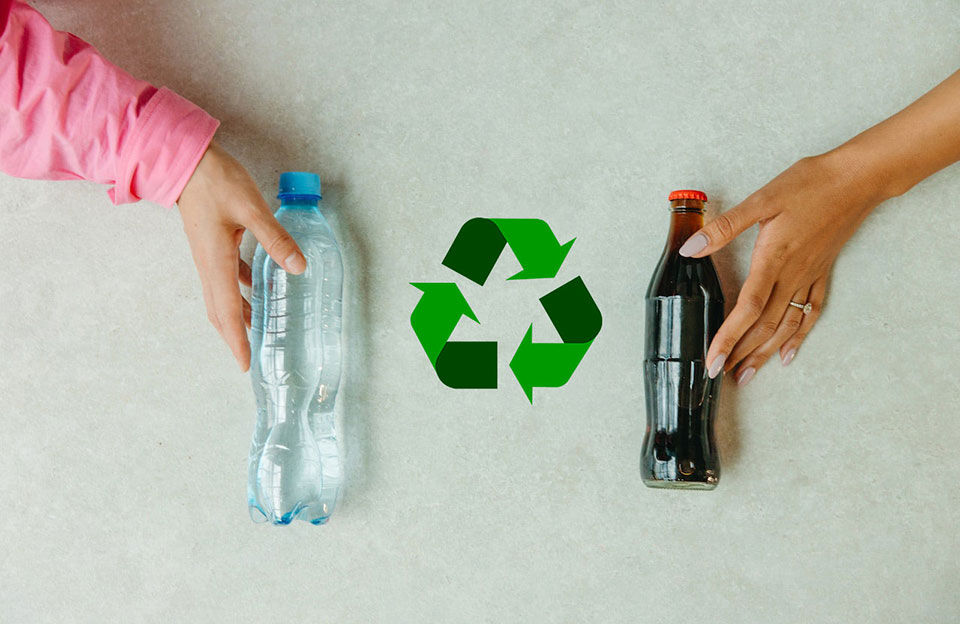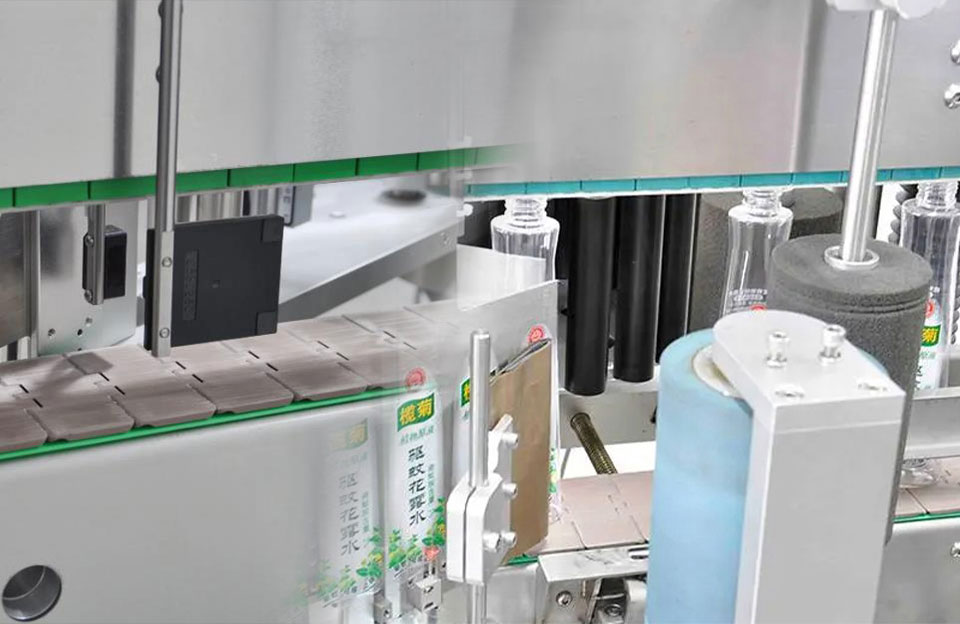Environmental protection has become a global consensus. As one of the common plastic wastes, beverage bottles have caused enormous pressure on the environment. However, with the advancement of technology, the application of labeling machines has brought a revolution to beverage bottle recycling.
The Challenges of Beverage Bottle Recycling
Beverage bottle recycling faces several challenges that can hinder its effectiveness and efficiency. Here are some key challenges of beverage bottle recycling:
- Contamination: Beverage bottles are often contaminated with leftover liquids or food residue. This can make recycling difficult and reduce the quality of the recycled material. Contaminated bottles may need extra cleaning and processing, which can increase costs and energy consumption.
- Collection and Sorting: Efficient collection and sorting systems are crucial for successful beverage bottle recycling. However, it can be challenging to ensure that consumers properly dispose of their bottles in designated recycling bins. Additionally, different types of beverage bottles, such as those made from PET, glass, or aluminum, require separate sorting processes.
- Infrastructure and Facilities: Recycling facilities and infrastructure availability vary from region to region. In some areas, there may be a lack of recycling centers capable of handling large volumes of beverage bottles, leading to bottlenecks in the recycling process.
- Recycling Technology: Advanced recycling technologies are required to efficiently process different beverage bottle types. Developing and implementing such technologies can be costly and require significant research and development investment.
- Economic Viability: The economics of beverage bottle recycling can be challenging. The costs associated with collection, transportation, sorting, and processing may outweigh the value of the recycled material, making it less financially viable for recycling companies.
- Consumer Awareness: Raising public awareness about the importance of beverage bottle recycling and encouraging consumers to participate is essential.
- Single-Use Culture: The prevalence of single-use beverage bottles in the market contributes to the accumulation of plastic waste. Reducing single-use bottle consumption through alternative packaging or reusable container initiatives can help alleviate the recycling burden.
- Policy and Regulation: Inconsistent or inadequate recycling policies and regulations can impede beverage bottle recycling efforts. Implementing effective policies, such as container deposit systems or extended producer responsibility (EPR) programs, can incentivize recycling and hold manufacturers accountable for their products’ end-of-life management.
- International Trade Barriers: The recycling industry often depends on international trade to export and import recycled materials. Changes in trade policies and restrictions on the movement of recyclables can disrupt recycling supply chains.
- Greenwashing: Some companies may use misleading claims about their sustainability efforts, including recycling initiatives. This can create confusion among consumers and undermine genuine recycling efforts.
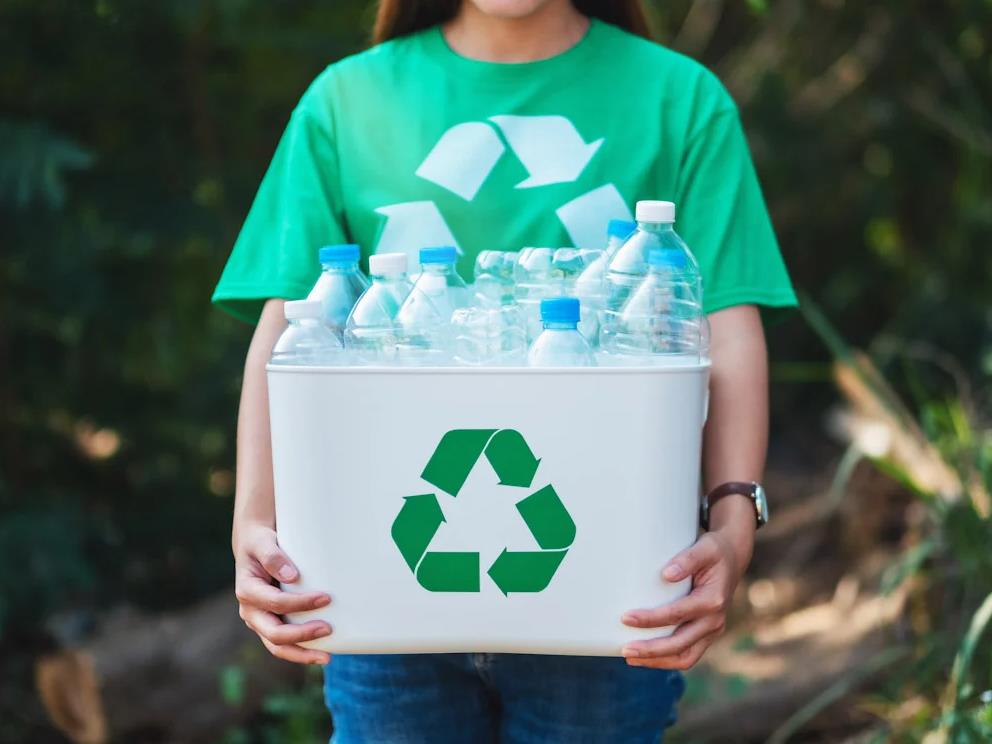
Challenges of Beverage Bottle Recycling
Addressing these challenges requires a collaborative effort among governments, industries, consumers, and environmental organizations to promote sustainable waste management practices and improve beverage bottle recycling rates. Investing in infrastructure, research, and education will play a vital role in building a more efficient and effective recycling system.
Application of Labeling Machine in Beverage Bottle Recycling
Labeling machines can play a significant role in beverage bottle recycling, especially in handling empty bottles collected for recycling. Here are some applications of labeling machines in beverage bottle recycling:
- Sorting and Identification: Labeling machines equipped with advanced optical sensors and imaging technology can accurately identify and sort different types of beverage bottles based on their labels. This helps separate PET bottles from glass or aluminum ones, which are processed separately in the beverage bottle recycling facility.
- Removal of Labels: Before recycling, it is essential to remove labels from the bottles as they can contaminate the recycling stream and affect the quality of the recycled material. Labeling machines can efficiently strip off paper or plastic labels from the bottles, making them ready for further processing.
- Data Collection: Modern labeling machines can also be integrated with data collection systems. They can gather information about the type, size, and material of each bottle passing through the machine. This data can be valuable for recycling facilities to track the volume and composition of the bottles they receive, aiding in better planning and resource management.
- Quality Control: Labeling machines can ensure the bottles meet certain quality standards before recycling. For example, the machine may reject bottles with damaged or illegible labels, indicating that they need further inspection or sorting.
- Reusable Bottle Labeling: In some beverage bottle recycling systems, reusable bottles are collected, cleaned, and refilled. Labeling machines can apply new labels to these cleaned bottles, allowing them to be reused in the beverage industry.
- Promoting Recycling Awareness: Some labeling machines can have printing capabilities. Beverage recycling facilities can use this feature to print messages promoting recycling, environmental awareness, or instructions for consumers on recycling properly.
- Efficient Throughput: Labeling machines can handle many bottles per minute, ensuring a high throughput in the recycling process. This efficiency is essential for managing the vast quantities of beverage bottles collected for recycling.
- Labeling Recycled Products: In some cases, recycled beverage bottles may be used to produce new or other products. Labeling machines can label these recycled products, making them ready for the market.
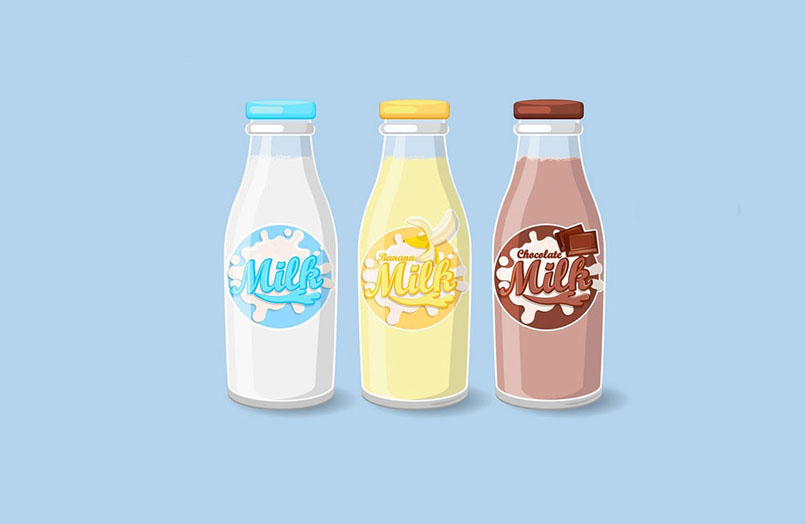
Labeling Machine in Beverage Bottle
Potential Development Space of Labeling Machines and Smart Technologies in the Field of Environmental Protection
Labeling machines and smart technologies have significant potential for development and application in environmental protection. These technologies can contribute to more efficient and effective waste management, recycling, and sustainability initiatives. Here are some potential areas of development:
- Smart Waste Sorting and Recycling: Smart labeling machines equipped with advanced sensors and artificial intelligence can accurately identify waste materials, including recyclables, organic waste, and hazardous materials. This technology can streamline the sorting process at recycling facilities, reducing contamination and improving the quality of recycled materials.
- Labeling for Product Traceability: Smart labeling systems can create unique QR codes or RFID tags for products and packaging. These labels can help track products throughout their life cycle, facilitating better waste management, product recalls, and compliance with extended producer responsibility (EPR) programs.
- Smart Packaging: Labels with embedded sensors can be used to monitor the condition and freshness of perishable products. This technology can help reduce food waste by alerting consumers and retailers when products are approaching expiration or when storage conditions are not optimal.
- Sustainable Packaging Labels: Labeling machines can apply labels to packaging that provide consumers with information about the product’s environmental impact, such as its recyclability, recycled content, and carbon footprint. This labeling can influence consumer choices and promote sustainable packaging practices.
- IoT-Enabled Recycling Bins: Smart technologies can be integrated into recycling bins to monitor fill levels. This data can be used to optimize waste collection routes, reducing fuel consumption and greenhouse gas emissions from waste collection vehicles.
- Energy-Efficient Labeling Machines: Developing labeling machines that consume less energy and use eco-friendly materials in their construction can contribute to reducing the carbon footprint of the manufacturing process.
- Real-time Monitoring of Environmental Parameters: Smart labels equipped with sensors can monitor environmental parameters such as air quality, water quality, and soil conditions. This data can provide valuable insights into environmental pollution and help in the early detection and mitigation of environmental issues.
- Compliance and Reporting: Smart labeling systems can assist businesses in complying with environmental regulations and reporting requirements. These systems can automate data collection and reporting processes, reducing administrative burdens and ensuring accurate and timely reporting.
- Smart Waste Collection: Smart technologies, such as GPS-enabled bins and route optimization algorithms, can improve waste collection efficiency. By optimizing collection routes, waste collection vehicles can consume less fuel and emit fewer pollutants.
- Consumer Engagement: Smart labeling technologies can engage consumers in environmental protection efforts. For example, interactive labels can provide tips on recycling or reward consumers for choosing eco-friendly products.
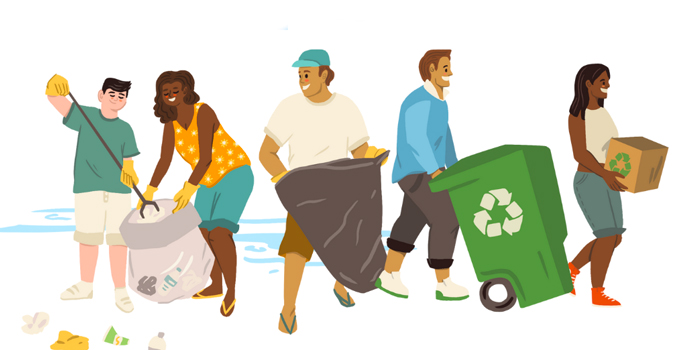
Environmental Protection
Conclusion
While the future outlook for the environmental protection industry is positive, challenges remain. These challenges include the need for continued innovation, overcoming initial investment costs, addressing regional disparities in environmental regulations, and ensuring access to environmentally friendly technologies for all communities worldwide. However, with increasing global awareness and collaborative efforts, the environmental protection industry is poised for significant growth and impact in the coming years.
